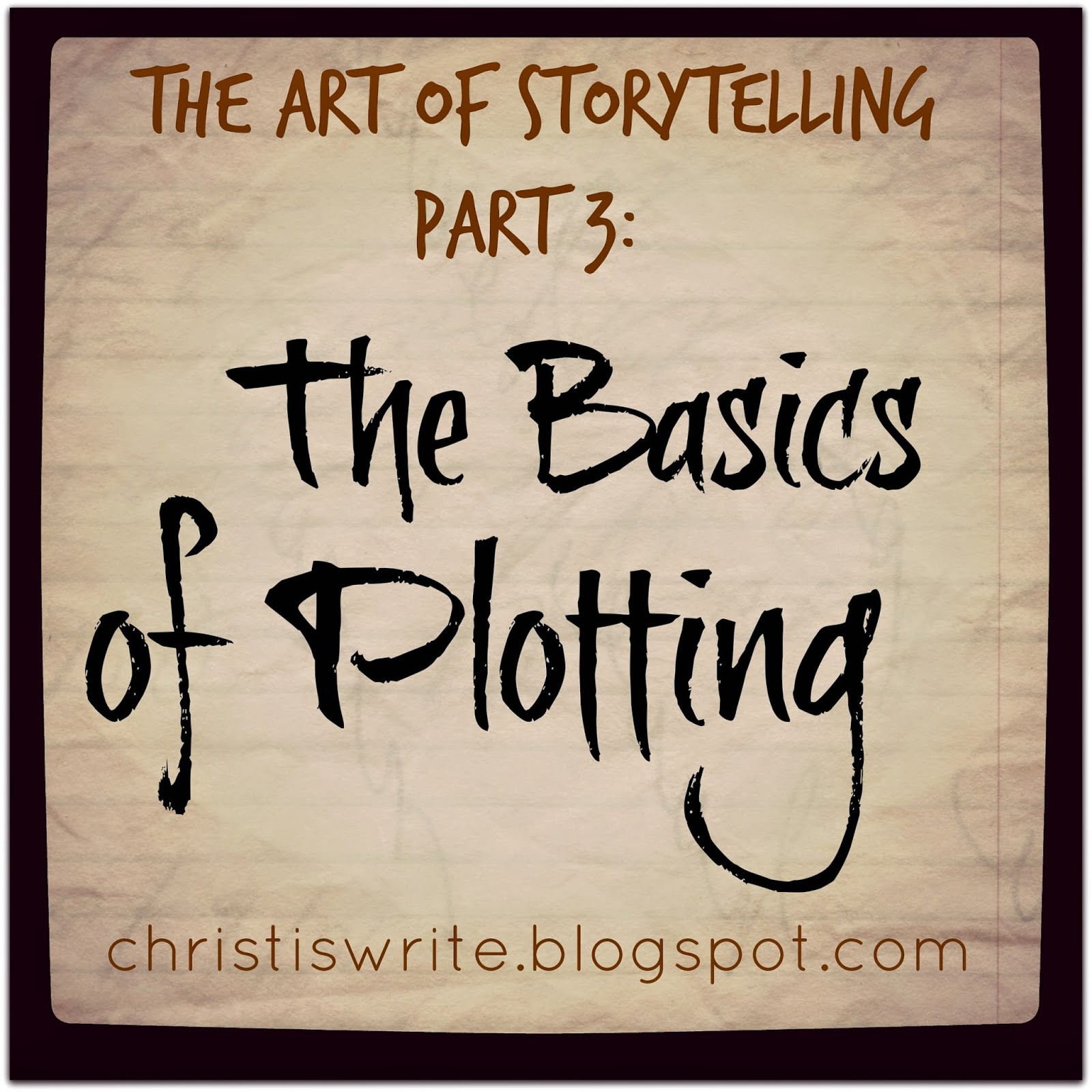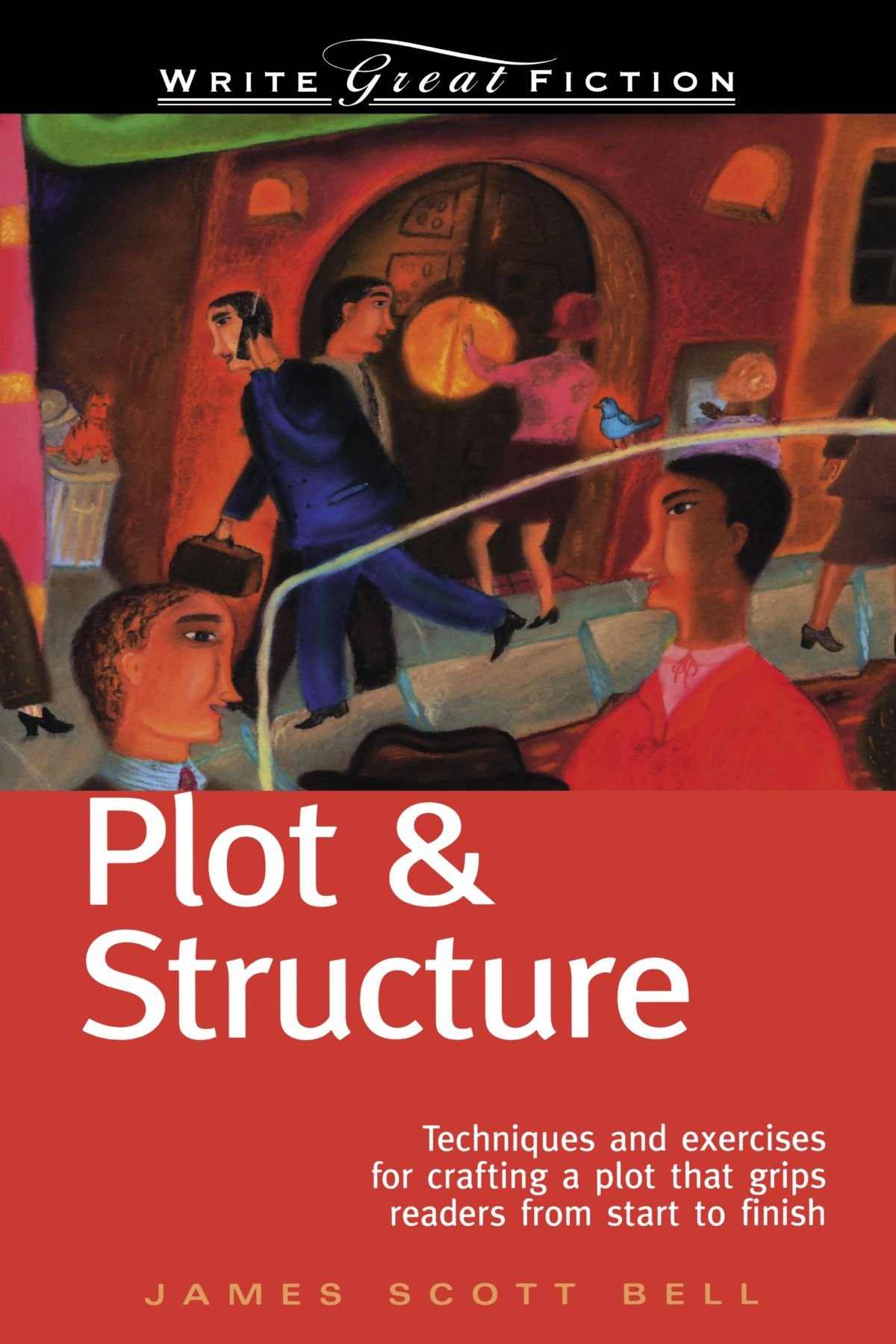The Art of Storytelling P.3: The Basics of Plotting
I have always been enthralled by a good story.
Growing up, I was drawn towards the books that struck an emotional chord while delivering an inspirational message, such as Number the Stars by Lois Lowry, Because of Winn Dixie by Kate DiCamillo, Old Yeller by Fred Gripson, and Because of Anya by Margaret Haddix. I fell in love with the films that others considered to be too heartbreaking or too sappy, such as Martian Child, My Girl, August Rush, A Walk to Remember.
So when I ventured into writing Purple Moon in the 9th grade, I knew I wanted it to be more than just an entertaining story.
I wanted to craft the kind of story that would move readers to tears, one that they would find themselves connecting with, one that could shed light on issues they might be facing.
But since I was so focused on the inner journey of Selena (my protagonist), I neglected to give a necessary amount of attention to the plot.
So after writing the first draft, I was told by an award-winning novelist that my plot needed a bit of work.
I highly appreciated her feedback, of course--yet at the same time, I was also thinking: How can I rewrite Purple Moon in a way that will take the reader on an unforgettable journey, yet without sacrificing its emotional and inner layer?
Since then, I have spent much time into studying how to plot a book by reading writing craft books, analyzing the plot of other fiction novels, and soaking in the pacing of stories as they unfold through a film.
And since the outer journey of the protagonist doesn't come as naturally to me as the inner journey, I now go into each book with a few basic plotting guidelines in mind:
1. Every protagonist needs a goal.
This is one guideline that the award-winning author had given me in her feedback. At first, I was confused by this. What kind of goal? Why does she need one?
I soon realized that, without a goal, a story can quickly turn passive. This means that the events in your book are happening to your protagonist rather than moving the story along.
To prevent this from happening, give your main character something to fight for, something that she must struggle towards. Without this, your book may come across as dull and will become far too easy for a reader to put down.
2. Every story needs an antagonist, one that will prevent the protagonist from achieving his/her goal.
I used to think that the antagonist, or the villain, was simply the "bad guy" in a story. But what makes this person so bad? Why is the protagonist, and hopefully the readers as well, unhappy with this villain?
The reason is because the antagonist's job is to keep the protagonist from achieving his/her goal. They throw obstacle after obstacle towards the main character, and the main character struggles throughout the entire novel to get past these roadblocks.
Keep in mind, however, that the antagonist does not have to be a person. Rather, the opposition can come in the form of society, nature, or even the protagonist himself.
3. Every story needs a beginning, a middle, and an end.
This is where the 3-Act structure comes in. I've discovered that, when I neglect to write a book
without any kind of structure, the pacing of the story becomes quickly off track. It either takes too long to get "into" the story, or the ending is dragged out for far too long.
Is it necessary to write every book with this kind of structure? Yes, if you're hoping to tell a compelling story. Why?
I love the way James Scott Bell puts it in his book, Plot & Structure:
"Why does the three-act structure work? Probably because it is in line with how we live our lives. A three-step rhythm is inherent in much that we do ... Childhood is relatively short and introduces us to life. That long section in the middle is where we spend most of our time. Then we have a last act that wraps everything up."
As I mentioned in Part 1 of this series, writing with a structure does not mean that you have to neglect telling the story of your heart.
In fact, it's the opposite: Because when you learn how to plot your book effectively, then you will be able to tell the story on your heart in a way that resonates with your readers and keeps them flipping through the pages.
Next week we're going to delve even further into the 3-act structure and discuss how you can write your book in alignment with that all-too-handy plot mountain diagram. =)
If you haven't yet, be sure to catch up on the beginning of this series:
! Which one comes more naturally for you: Crafting your protagonist's inner journey or plotting their outer journey?





Oh this is perfect, Tessa! I'm currently working on two plots, so this will help tremendously. :)
ReplyDeleteGlad I could help, Brooke! =)
DeleteI am definitely more of an inner journey kind of writer. :-) Thanks for the post!
ReplyDeleteJust out of curiosity, what would you say your main character's goal is in Purple Moon?
In Purple Moon, Selena goes to Lake Lure in search of a new beginning. Her mom is staying at a Christian rehab, and meanwhile Selena is taking a break from her "bad habits" as well. Selena hopes that the summer will offer a new beginning for both of them, although she's not sure how possible that is. =)
Delete